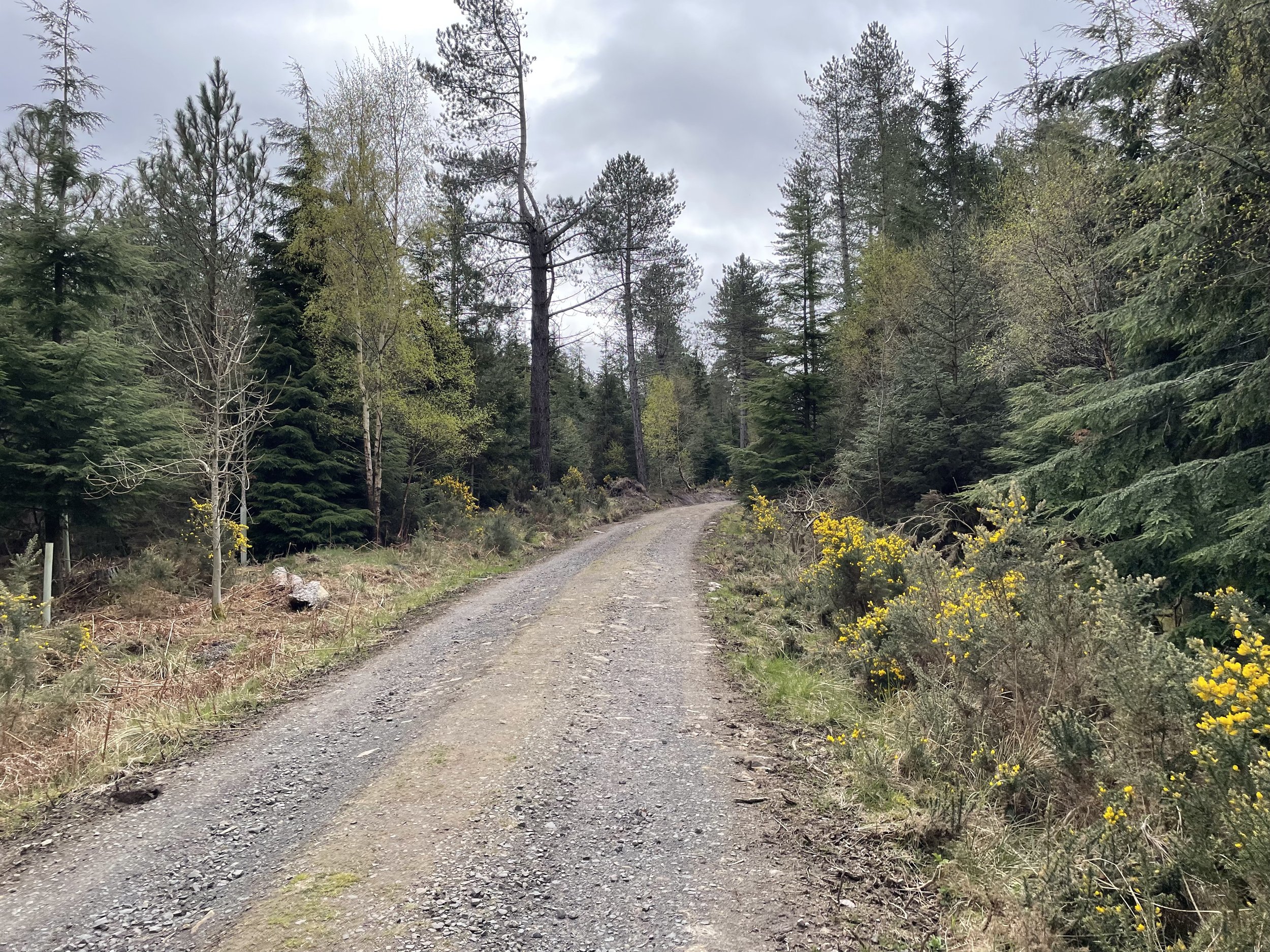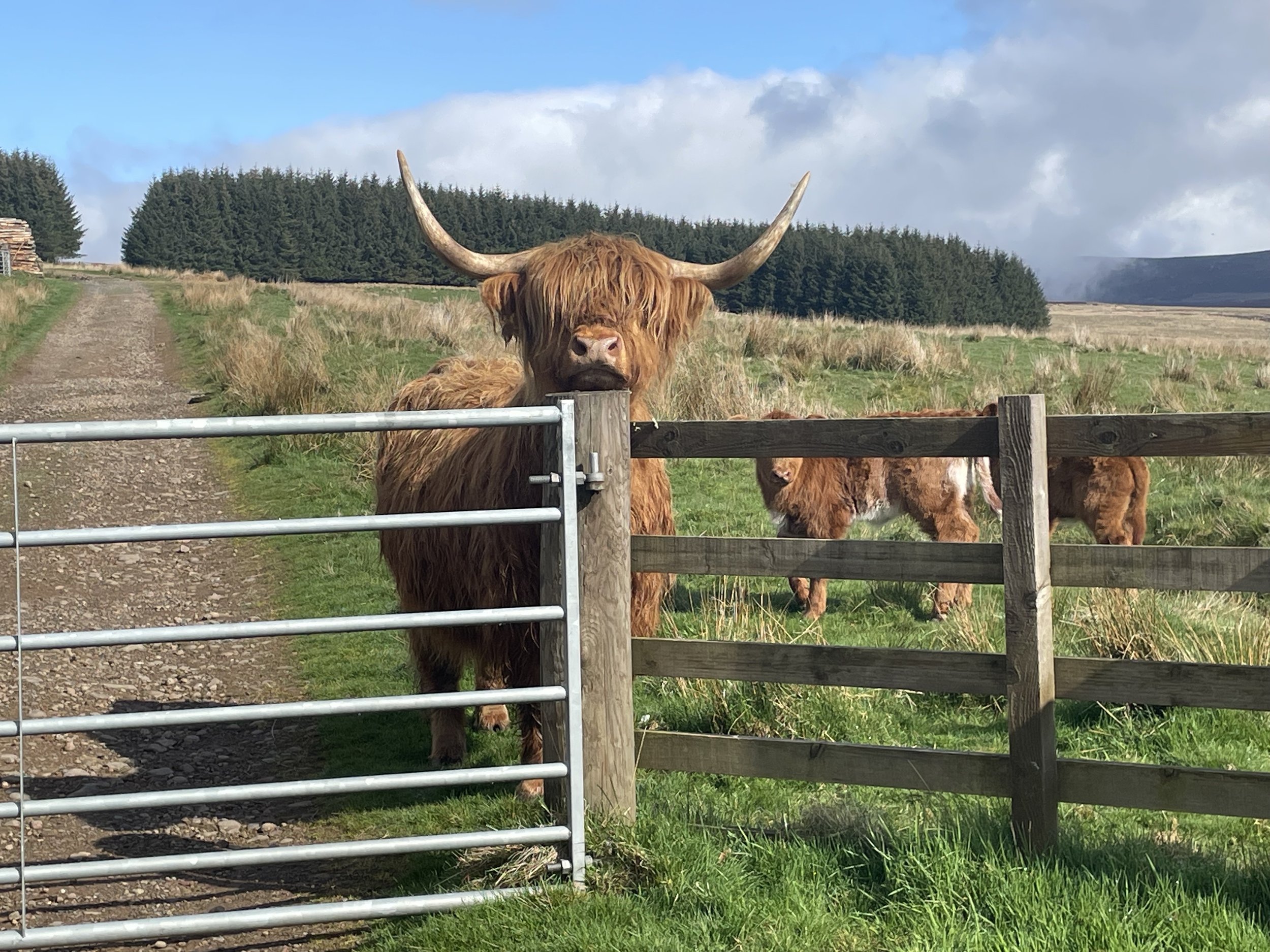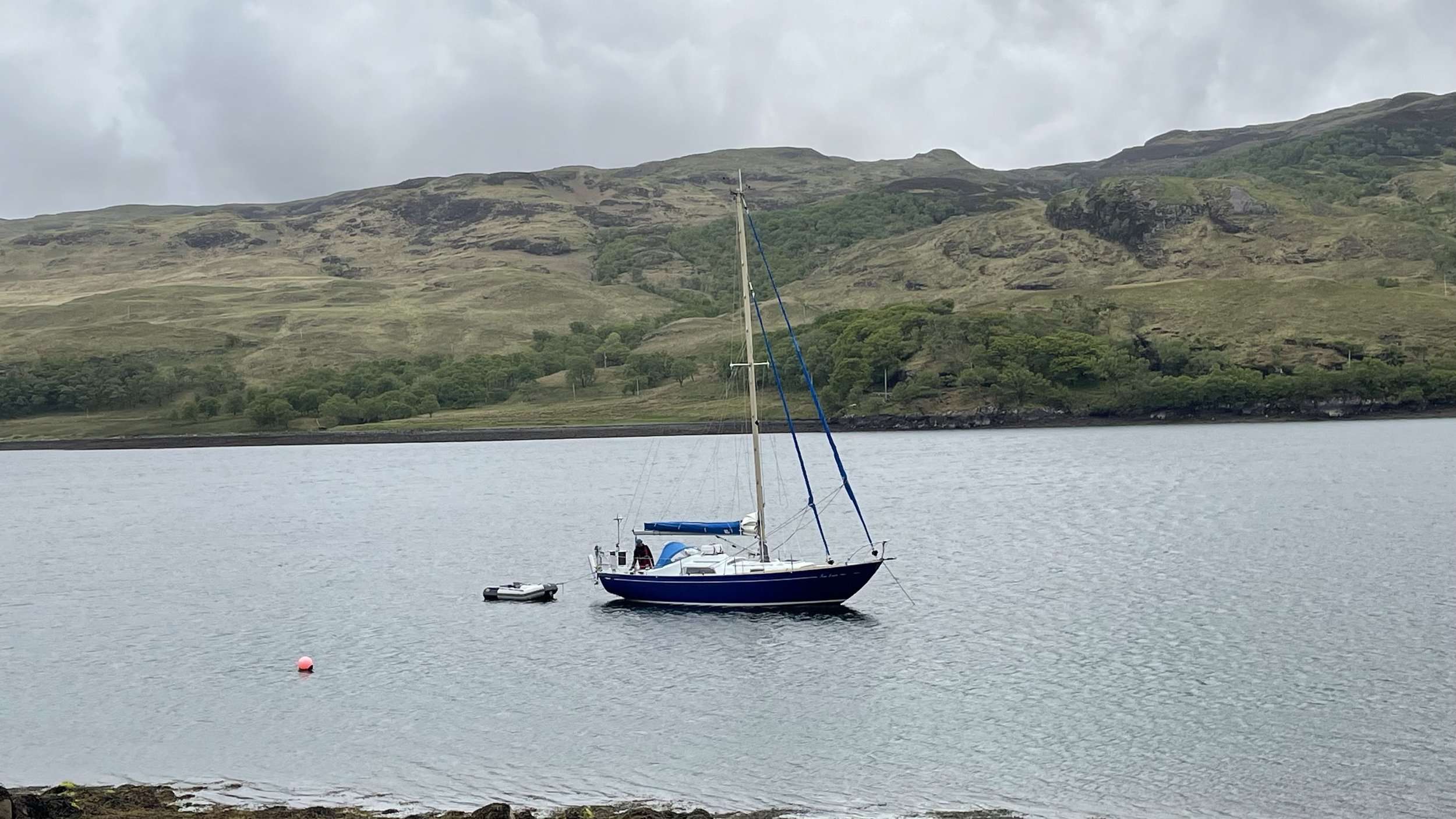Following Saint Aidan
My recent sabbatical included a lengthy journey of pilgrimage from the island of Lindisfarne, just off the north east coast of England, to Iona which one of the western isles of Scotland.
These two holy islands, separated by over 300 miles of stunning scenery, are linked together by a remarkable 7th Century Christian missionary called Aidan.
Aidan made his eastbound journey some 1,388 years ago, and my own journey would retrace his steps to their source. Aidan headed east in response to a request from King Oswald of Northumbria. He was sent by the monastic community on Iona to introduce the Christian faith to the people of Northumbria. In the process, in AD 635 he founded a monastery on the island of Lindisfarne, which is often called a half-island because twice daily, at low tide, the sea parts around it to leave a sandy causeway, giving temporary access to and from the mainland without the need for a boat.
Aidan has always been a hero of mine because of the way that he shared his faith in a natural, relational and (quite literally) down-to-earth way. The Venerable Bede said of Aidan, ‘Whether in town or country, he always travelled on foot unless compelled by necessity to ride, and whenever he met anyone, whether high or low, he stopped and spoke to them.' As I retraced Aidan’s steps, from the Northumbrian Holy Island that he founded, to the Scottish Holy Island from where he set out, my plan was to follow his example by making the journey on foot, and to stop to speak to anyone I met along the way!
So, after many months of preparation - plotting my route, buying walking gear, booking each night’s accommodation – at the start of May at last I found myself walking barefoot towards the mainland through the wet mud and sand of a parted North Sea, my walking boots dangling around my neck by their laces. My final blister-free night had been spent in the Manor House Hotel, overlooking the statue of Saint Aidan himself which stands next to the ruins of Lindisfarne Abbey. My wife Sally had joined me for this first day of the walk, and the sun shone upon us as we reached the mainland, pulled on our socks and shoes, and strode out across the Northumbrian fields towards that day’s destination, the town of Wooler. Seventeen days, and countless encounters with strangers later, my eyes at last fell upon the iconic sight of Iona Abbey, which on that particular day could just about be made out through a torrential shower of rain!
Unlike Aidan, my long walk was aided by GPS navigation, my progress tracked on digital maps stored on my smart phone. This gadgetry guided me, in turn, along the length of the rugged Saint Cuthbert’s Way, parts of the rolling Southern Upland Way, the flat canal paths of the John Muir Way, and the majestic mountain paths of the West Highland Way, before helping me make my own route from the Bridge of Orchy to the western sea at Oban, and across the Isle of Mull to Iona. My clever technology tells me that over 17 days I walked for a total of 97 hours and 6 minutes, covered 313 miles, climbed 30,711 feet of ascent, and took 560,844 steps! But none of these statistics comes close to conveying the spiritual worth of my experience.
The true value of such pilgrimages, like the true value of life itself, cannot be measured in such things as days, miles or even blisters! As Aidan clearly knew, the true worth of our life’s journeying is measured by the quality of our interactions with the people we happen to meet along the way. As I walked through Scotland I met a man who was on day 47 of his walk from Land’s End to John O’Groats to raise awareness of how to live well with Diabetes. I met a woman who was overcoming chronic disability to perform sport at the highest level. I met a young man seeking to discern if God may be calling him to become an Orthodox priest. So many of the people I met showed me simple kindnesses; I was a stranger to them, yet they shared their food and drink, advised and encouraged, took the time to fall in step with me so that we could journey for a while together as companions along the way. When eventually they discovered that I was a Methodist Minister, they often spoke of their own faith journey and asked me to share mine with them.
Many people assume that the true value of a pilgrimage is found at the destination, but that was not my experience. On the last day of my pilgrimage, as I took my final few steps, out of the rain and in through the great doors of Iona Abbey, I realised that I had already gained more from this pilgrimage that I ever could have hoped for. Aidan’s down-to-earth way of walking had taught me that the quality of our day-to-day journey is just as important as our ultimate journey’s end. It is true that I enjoy the time I spent on the holy island of Iona, worshipping alongside the community that bears its name, but my most powerful encounters with God did not happen in that sacred place but rather in the people I met on my journey there. Those kind strangers made the path I followed a sacred way.
Rev Mark Hammond






























